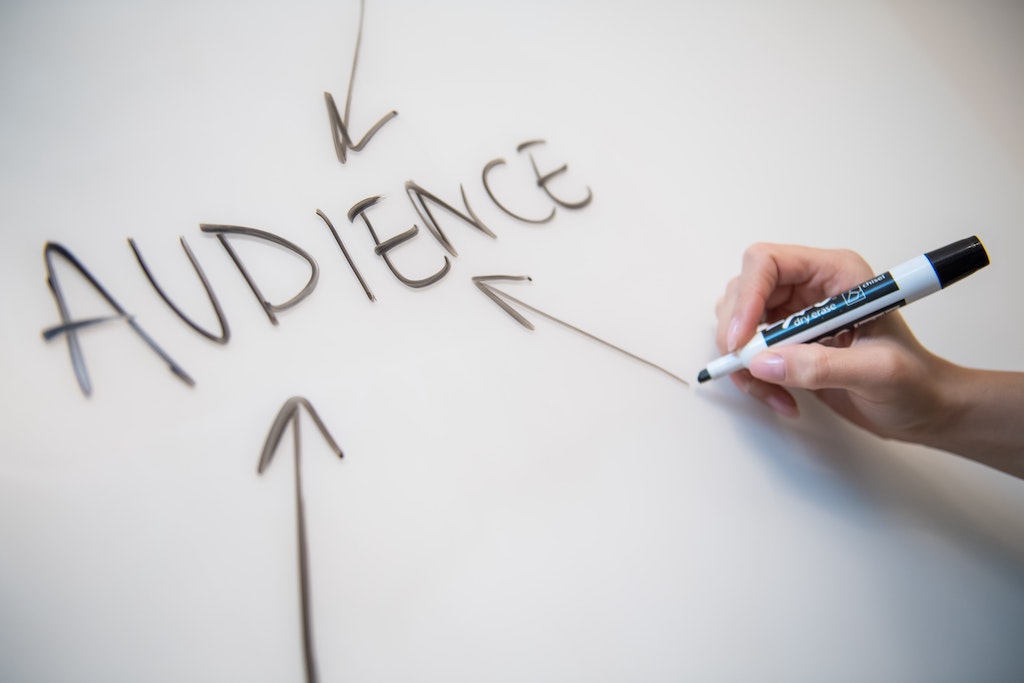What is a buyer persona for a business or brand? Most likely, you’re a brand owner or provide services of any particular kind at your company outlet; you have an audience to target and sell your best products to. This audience is the “buyer persona” for your brand and are the entities you look up to grab major sales.
Buyer persona development and creating a marketing personas template is nerve-racking for most startups. Like every path has its pitch points, creating a buyer persona and uplifting it has its service pursuits. Let’s find out what’s more and how it works effortlessly for your startup.
What is a Buyer Persona?
Buyer Persona is an umbrella term to identify your target audience or most viable consumers and customers. Buyer persona outlines the imaginary qualities of your ideal customer.
A buyer persona possesses qualities and habits based on thorough market research and stats. Creating a buyer persona is also referred to as a customer or audience persona (marketing persona).
Why is a Buyer Persona Created?
Creating a buyer persona quantifies your customers into studiable groups or categories. These categories or a single persona represent the actions and priorities of a specific group.
As a brand owner, you might start with a single buyer persona but eventually create multiple based on different consumer behaviors.
How to Create A Buyer Persona?
Being a fictional entity, a buyer persona isn’t about an ideal case scenario. It’s grounded on a factual basis and is data-driven by the original audience.
All you need is these four steps for buyer persona development:
Step 1: Demographic Research
Step one marks a foundational step towards knowing your audience and what they are up to.
You might require analytics tools (Facebook insights, Google analytics) to dwell deep into customers’ interests and behaviors.
Get the necessary details as:
- Consumers’ ages and location
- Shopping interests
- Spending priorities
- Popular social outlets they prefer
- Competitor behaviors towards the same consumer group
Step 2: Consumer Objectives
Consumer goals or objectives vary based on what your brand is selling them.
Understand consumer goals through these perspectives:
- What attracts your consumers the most?
- What are their ending decisions?
- Consumer problems and their efforts to solve them
- Hurdles and barriers faced by your customers toward winning their objectives
The two in charge departments of this step are the customer support department and marketing teams. Sentiment analysis through social media platforms is a handy tool.
Step 3: Define Your Services
Once the consumer goals are understood, and you know your consumer details, it’s time to locate your service areas.
To outline your services or products, you’ll need to think outside the box rather than just advertising your products and generating leads. Analyze how your services can benefit consumers and mimic their hurdles.
Step 4: Creating Buyer Persona
After dwelling on consumer benefits and details, categorize the common characteristics into a single group or buyer persona. You can create unique buyer personas based on similar consumer behaviors and deal with them accordingly.
- Characterize and name your buyer personas with distinct properties such as titles, interests, buying behaviors, etc.
- Deal with one group or category as a single buyer persona. Mark the buyer persona development with a detailed and individualized layout.
- Keep improving and reassessing your current buyer personas to keep up with evolving consumer behaviors and market trends.
The best marketing personas template contains almost everything a real customer has as a potentially consistent client!
Benefits of Creating a Buyer Persona?
Missing potential opportunities to expand your current clientele is the least you’ll do in your successful journey.
Similarly, creating a buyer persona accelerates your progress many folds. Here’s a quick preview for your understanding:
-
Efficient Strategy
Creating marketing personas is all about taking calculated steps toward various goals. It’s strategically efficient to gain marketing milestones.
-
Target-Based Marketing
As the consumers are already segmented, it’s easier for brands to reach out to a specific age group or interest group.
-
Realistic Approach To Overcoming Obstacles
A major plus point for creating buyer personas is its capacity to target consumers’ pain points. You can plan and execute your strategies accordingly.
-
Reach Your Ideal Consumer Faster
The current and prospective clientele is easier to locate through buyer personas. Hence, you strongly connect with your consumers based on the information you’ve incorporated into a buyer persona.
-
Efficient Sales Team
Since the sales team are the people in hand to coordinate with the consumers and what are their major pain points, sales teams have become more efficient in their service than ever.
Buyer Persona Examples
To truly grasp the concept of buyer personas and their significance in marketing, it’s essential to delve into some real-life examples. By examining how companies have successfully crafted and utilized buyer personas, you can gain valuable insights into the process and its outcomes.
1. The Tech Enthusiast: Apple’s Ideal Customer
Apple, a tech giant known for its innovation and sleek design, has a well-defined buyer persona: the Tech Enthusiast. This persona typically represents individuals who are early adopters of technology, value aesthetics, and prioritize a seamless user experience.
Demographics:
Age: 25-40
Income: Upper-middle class to affluent
Education: College graduates
Location: Urban or suburban areas
Key Characteristics:
Passionate about technology trends
Willing to pay a premium for quality
Prefer products that seamlessly integrate into their digital lives
How Apple Uses This Persona:
Apple tailors its marketing campaigns and product launches to resonate with the Tech Enthusiast. They highlight product features like cutting-edge technology, design aesthetics, and ecosystem compatibility in their advertising. Apple Stores are designed to provide an immersive experience, further catering to this persona’s preferences.
2. The Frugal Shopper: Walmart’s Key Persona
Walmart, a retail giant, focuses on a very different buyer persona: the Frugal Shopper. This persona represents budget-conscious consumers who prioritize affordability and convenience over brand loyalty.
Demographics:
Age: Varied (but often skewed towards older age groups)
Income: Middle to lower class
Education: Varied
Location: Predominantly suburban and rural areas
Key Characteristics:
Always looking for the best deals
Prioritize cost-effective solutions
Value convenience and one-stop shopping
How Walmart Uses This Persona:
Walmart’s “Everyday Low Prices” slogan speaks directly to the Frugal Shopper persona. Their marketing emphasizes discounts, rollbacks, and savings, making it clear that they cater to cost-conscious consumers. Store layouts are designed for easy navigation, offering a wide range of products under one roof to align with this persona’s preferences.
3. The Eco-Conscious Consumer: Patagonia’s Advocate Persona
Outdoor clothing brand Patagonia appeals to the Eco-Conscious Consumer, a persona that prioritizes sustainability and environmental responsibility.
Demographics:
Age: Diverse, often skewed towards younger age groups
Income: Middle class to upper-middle class
Education: Varied
Location: Urban and environmentally conscious areas
Key Characteristics:
Passionate about environmental issues
Willing to pay extra for eco-friendly products
Advocates for sustainable practices
How Patagonia Uses This Persona:
Patagonia’s marketing revolves around its commitment to the environment. They use sustainable materials, promote recycling, and donate a percentage of their profits to environmental causes. Their customer community is a key part of their brand, connecting with the values of the Eco-Conscious Consumer.
These real-life buyer persona examples illustrate the versatility and importance of understanding your target audience. By creating and effectively utilizing buyer personas like these, businesses can tailor their strategies to meet the unique needs and preferences of their customers, ultimately driving success in their respective markets.
Conclusion
In the dynamic landscape of modern business, understanding your customers is paramount to success. Crafting and utilizing buyer personas provides a valuable roadmap for connecting with your target audience on a personal level. Through the exploration of real-life buyer persona examples, we’ve witnessed the power of tailoring your strategies to meet the unique needs and preferences of your customers.
From Apple’s Tech Enthusiast to Walmart’s Frugal Shopper, Patagonia’s Eco-Conscious Consumer to Nike’s Fitness Enthusiast, and Airbnb’s Foodie Explorer to Home Depot’s DIY Enthusiast, these personas showcase the incredible diversity of consumer preferences and behaviors across various industries.
The key takeaways are clear:
- Personalization Matters: Buyer personas enable businesses to tailor their messaging, products, and services to resonate with specific customer segments, fostering deeper connections and brand loyalty.
- Adapt and Thrive: As consumer preferences evolve, so too should your buyer personas. Regularly update and refine them to ensure your strategies remain relevant.
- Data-Driven Insights: Leveraging data and market research is essential to creating accurate buyer personas. Utilize analytics and customer feedback to fine-tune your understanding of your audience.
- Customer-Centric Approach: Building buyer personas shifts the focus from what your company wants to sell to what your customers want to buy. It’s a fundamental shift that can transform your business.
Ultimately, the journey to creating effective buyer personas is an ongoing one. As your business evolves and your customer base grows, so too should your understanding of your audience. Embrace the power of buyer personas as a dynamic tool that guides your marketing, product development, and customer engagement strategies, and watch your business thrive in an ever-changing marketplace.
FAQ
What is a buyer persona?
A buyer persona is a semi-fictional representation of an ideal customer based on market research and real data about existing customers. It includes demographic information, behavior patterns, motivations, and goals, helping businesses understand and target their audience effectively.
How to create a buyer persona?
Creating a buyer persona involves gathering data through market research, surveys, and customer interviews. Identify common characteristics, preferences, and challenges among your existing customers. Develop detailed profiles, including demographic details, behaviors, goals, and pain points. This information helps tailor marketing strategies and product offerings to meet the specific needs of your target audience.
What is a negative buyer persona?
A negative buyer persona represents a fictional character that embodies traits, behaviors, or characteristics of individuals who are not your ideal customers. Creating negative personas helps businesses avoid targeting the wrong audience and refine their marketing efforts towards more qualified leads.
What are the 4 types of buyer personas?
The four types of buyer personas include:
- Primary Persona: Represents the main target audience for your product or service.
- Secondary Persona: Represents a subset of your target audience with slightly different needs.
- Negative Persona: Represents traits of individuals who are not a good fit for your offering.
- Persona Extender: Represents individuals who may not currently be in your target audience but have the potential to become customers.
What makes a good buyer persona?
A good buyer persona is characterized by being detailed, specific, and based on real data. It should include demographic information, behavioral traits, goals, challenges, and personal narratives. Regular updates to buyer personas ensure they remain reflective of changing customer behaviors and market trends.


